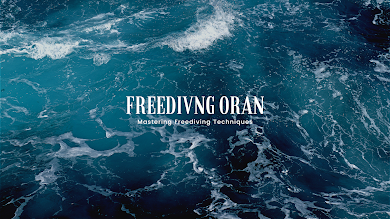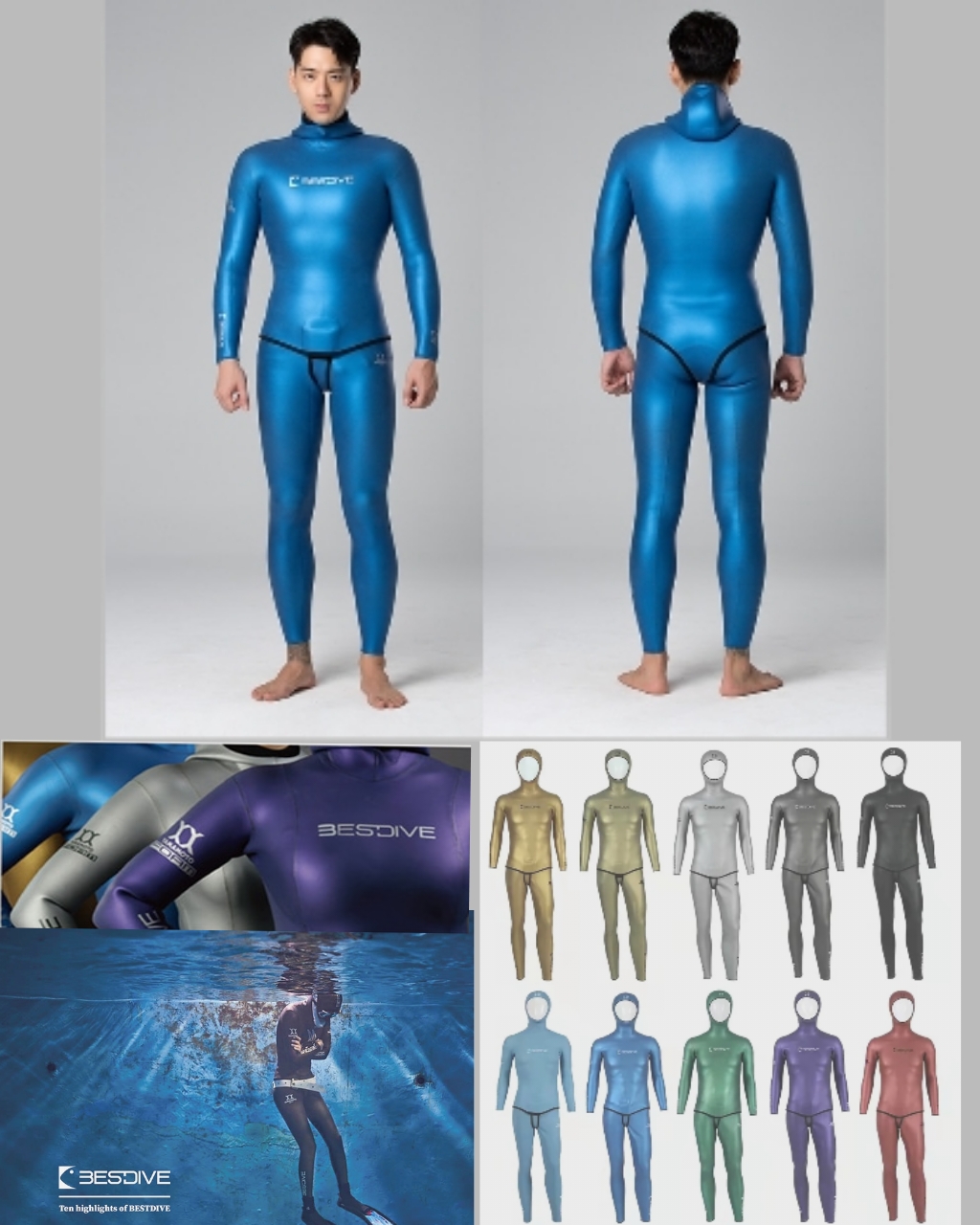MAMMALIAN DIVE REFLEX
Developing reflex Diving in Free diver
Developing reflex diving in free divers requires a combination of physical training, mental preparation, and practice in the water.
Here are some steps to help you develop reflex diving:
1. Improve your overall fitness:
Engage in regular cardiovascular exercises like swimming, running, or cycling to increase your lung capacity and stamina.
Strengthen your core muscles through exercises like planks, sit-ups, and yoga to enhance your body control and stability.
2. Practice breath-holding exercises:
Train your body to tolerate longer periods without breathing by practicing breath-holding exercises. Start with short durations and gradually increase the time as you become more comfortable.
3. Train your mammalian dive reflex:
The mammalian dive reflex is an automatic response that occurs when your face is submerged in cold water.
It helps conserve oxygen by slowing your heart rate and reducing blood flow to non-essential organs.
You can train this reflex by splashing cold water on your face or practicing short dives in cold water.
4. Mental preparation:
Develop mental resilience and focus through meditation or visualization techniques.
Learn and practice various equalization techniques to ensure your ears and sinuses can handle the pressure changes during dives.
5. Equalization techniques:
Proper equalization is essential for safe and comfortable diving.
6. Controlled descents and ascents:
7. Dive with experienced free divers:
8. Gradual progression:
Start with shallow dives and gradually increase the depth as you become more comfortable and confident.
Pushing yourself too hard or too quickly can lead to accidents or injuries.
Remember, developing reflex diving takes time, patience, and consistent practice.
#divingreflex #mammaliandivereflex #breath-holding #bloodflow #freediver
#SportsFreediving #FreedivingTraining #developingreflexdiving #montalpreparation
#UnderwaterTraining #howlearingeqaulization #BreathHoldingTechniques
#deepdiving #apneatraining #equalizationtechniques #staticapnea #dynamicapnea #freedivingexercises #freedivingsafety #freedivingtechnique #freedivingtips #freedivingdrills #breathholdtraining #lungcapacityexercises #bradicardycardia
#divingtechniques #learningfreediving #freedivingworldrecords
#FreedivingCompetitions #FreedivingGear















0 Comments